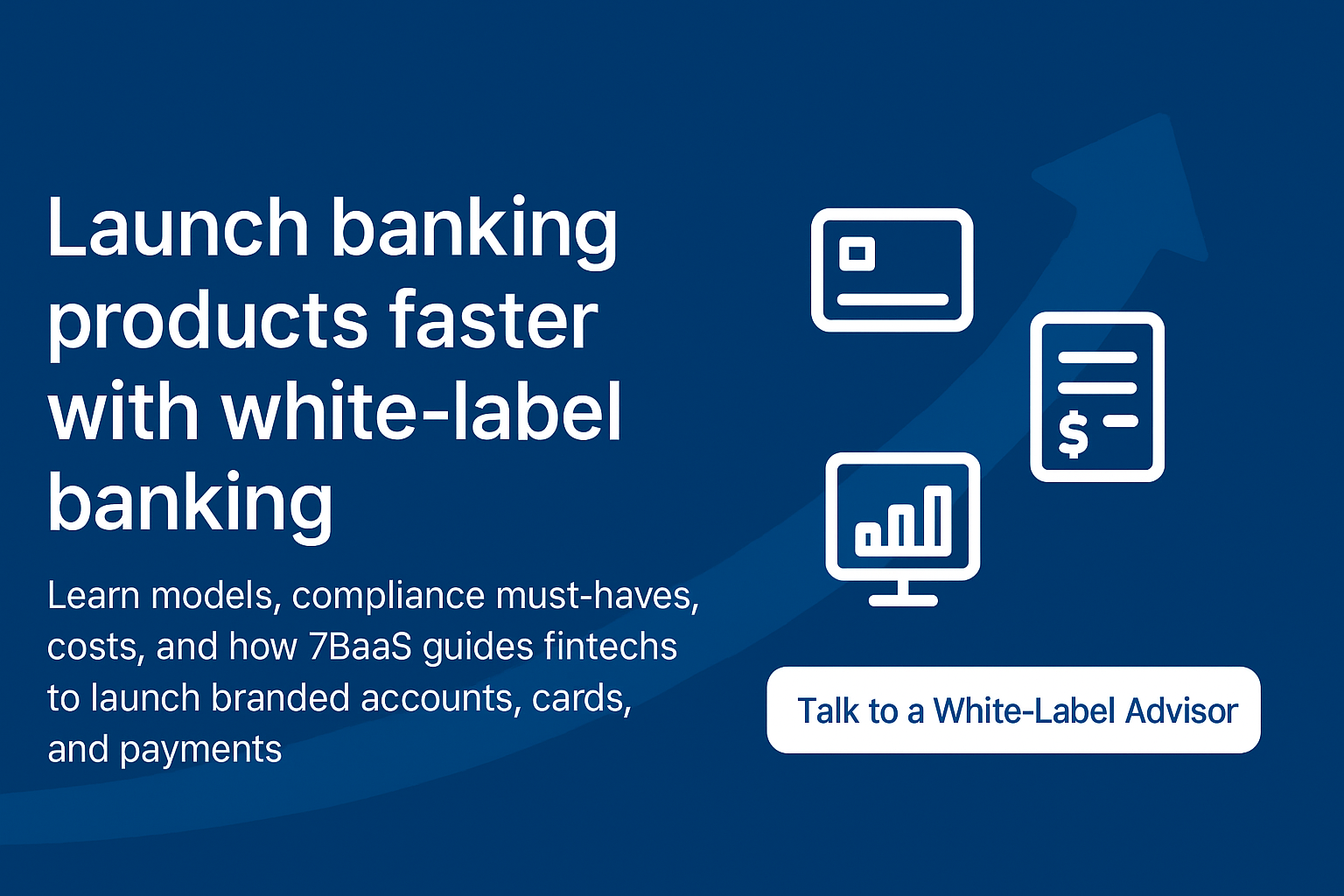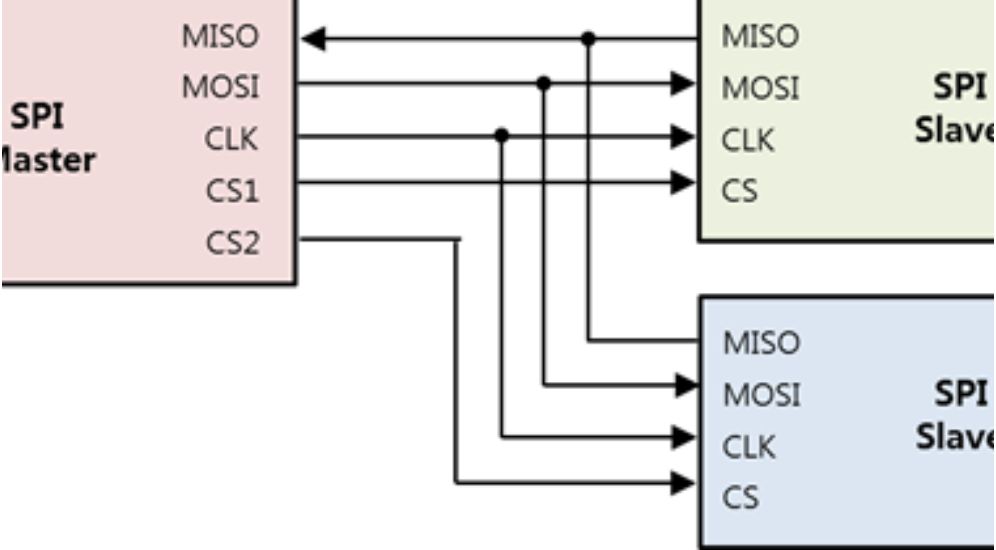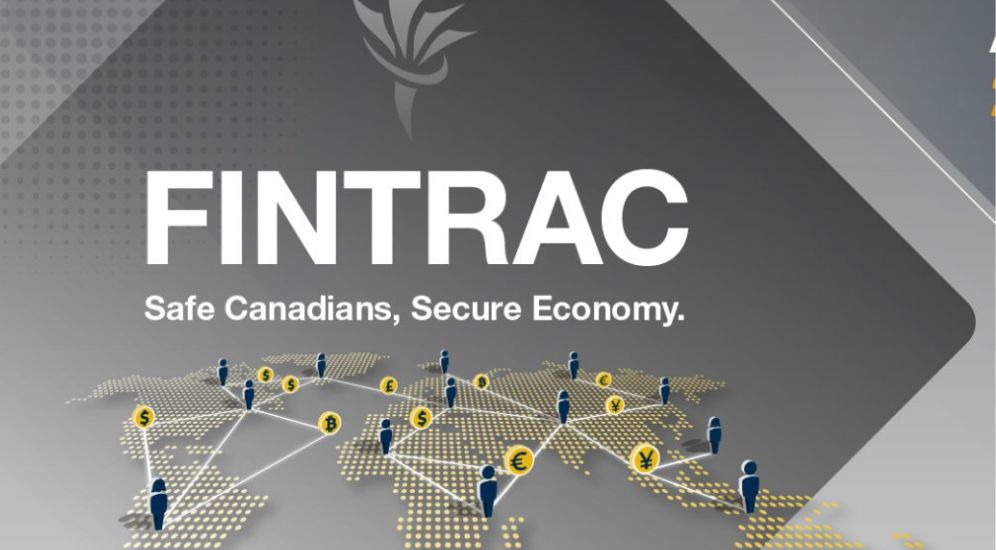The contemporary financial world can be described as highly dynamic, as fintech s the fast-growing sphere. The likes of Revolut, Stripe and Wise have transformed the way people manage money. Clearly a path to be regulated is a necessity to these innovators. Although in many countries, especially in Europe, an EMI (Electronic Money Institution) license is used to regulate the activities, in Canada there is a specific and equally strong framework in force.
This in-depth article will explore the pivotal role of what is often colloquially referred to as an “EMI license” in Canada’s financial and payments industry. We will clarify its direct equivalent, the Money Services Business (MSB) registration, and delve into the regulatory landscape, its strategic importance for fintech licensing, and the future of payments in the country.
From EMI to MSB: Canada’s Regulatory Approach
In the European Union, an EMI license is a formal authorization that allows a company to issue electronic money, or “e-money,” which is a digital representation of monetary value. This license is a powerful tool for a range of services, including digital wallets, prepaid cards, and online payment processing.
Canada, however, has a different approach. There is no direct “EMI license” in the Canadian system. Instead, the primary regulatory oversight for companies providing digital financial services is the Money Services Business (MSB) registration with the Financial Transactions and Reports Analysis Centre of Canada (FINTRAC).
FINTRAC is Canada’s financial intelligence unit, serving as the central authority for combating financial crime, including money laundering and terrorist financing. The MSB registration is a cornerstone of this effort. It is not a banking license, which is a far more complex and capital-intensive undertaking, but it is the required regulatory step for any business that offers the following services to the public:
- Foreign Exchange: Exchanging one currency for another.
- Funds Transferring: Remitting or transmitting funds via electronic means or any other method.
- Money Order Issuance: Issuing or redeeming money orders or similar instruments.
- Virtual Currency Dealing: This is a crucial element for crypto compliance. It encompasses services for exchanging virtual currencies (e.g., cryptocurrencies) for fiat currency or other virtual currencies, as well as providing virtual currency transfer services.
The MSB registration ensures that businesses are subject to strict Anti-Money Laundering (AML) and Counter-Terrorist Financing (CTF) regulations, creating a transparent and secure financial ecosystem.
Get a more Info: MSB registration
Key Regulatory Players and the New Retail Payment Activities Act (RPAA)
Beyond FINTRAC, Canada’s financial regulatory system is a multi-layered structure with various agencies playing critical roles:
- Payments Canada: As the operator of Canada’s national payment systems, Payments Canada is at the heart of the country’s payments modernization initiative. Its Real-Time Rail (RTR) project, which will enable immediate, 24/7/365 payments, is a game-changer for fintechs. While Payments Canada’s members have traditionally been large financial institutions, the organization is actively working to broaden access to new players.
- Bank of Canada: In 2021, the Canadian government introduced the Retail Payment Activities Act (RPAA). This landmark legislation gives the Bank of Canada a new mandate to supervise payment service providers (PSPs). The RPAA complements FINTRAC’s MSB registration by focusing on operational risk management and the safeguarding of end-user funds, ensuring the safety and reliability of payment services.
- Office of the Superintendent of Financial Institutions (OSFI): OSFI is the prudential regulator for federally regulated financial institutions (e.g., banks and insurance companies). While it does not directly regulate MSBs, its guidelines on third-party risk management are crucial for fintechs that partner with traditional banks.
The combination of FINTRAC’s AML/CTF oversight and the Bank of Canada’s new operational and risk management supervision under the RPAA creates a dual-layered regulatory net. This new framework provides a clear path for fintech licensing and solidifies Canada’s commitment to a safe yet innovative financial sector.
The Strategic Advantages of an MSB License
Obtaining an MSB license in Canada provides significant strategic benefits for a fintech company:
- Legitimacy and Consumer Trust: In a competitive market, a FINTRAC MSB registration is a powerful signal of legitimacy. It assures customers that the business is compliant with national regulations and is committed to protecting their funds. For services involving cryptocurrencies, where concerns about scams and security are high, this trust is invaluable.
- Access to Banking Services: Traditional financial institutions are often hesitant to partner with unregulated fintechs due to compliance risks. An MSB license and a robust compliance program are essential prerequisites for opening accounts, securing credit lines, and integrating with traditional banking infrastructure. This is what makes the MSB license a de facto EMI banking license in the Canadian context, as it’s the gateway to operating within the wider financial system.
- Future-Proofing for Payments Modernization: With Payments Canada’s Real-Time Rail (RTR) and other initiatives, the payments landscape is becoming more open. Licensed MSBs are in a prime position to become direct participants in these new payment systems, bypassing traditional banking partners for certain services. This offers greater operational control, faster transaction times, and potential cost savings.
- Enabling Crypto and Blockchain Innovation: The MSB framework explicitly includes virtual currency services, providing a clear regulatory path for companies in the crypto space. This legal clarity is vital for fostering innovation in blockchain and digital asset services while ensuring strong crypto compliance to prevent illicit activities.
The MSB Registration Process: A Practical Guide
The journey to FINTRAC registration is a structured process that requires careful preparation:
- Establish a Canadian Legal Entity: The first step is to incorporate a company in Canada. This can be done at the federal or provincial level.
- Develop a Comprehensive Compliance Program: This is the most critical component. It involves creating a detailed AML/CTF program tailored to the business’s specific risks. Key elements include:
- Risk Assessment: A thorough analysis of potential money laundering and terrorist financing risks.
- KYC (Know Your Customer) Procedures: Procedures for verifying the identity of clients and agents.
- Ongoing Monitoring: Systems to monitor transactions for suspicious activity.
- Reporting: A clear process for reporting suspicious transactions and large cash transactions to FINTRAC.
- Appoint a Compliance Officer: The company must designate a qualified individual responsible for overseeing the compliance program.
- Submit the FINTRAC Registration Application: The application is submitted online and requires detailed information about the business, its ownership, services, and compliance program.
- Ongoing Obligations: The responsibilities do not end with registration. MSBs must continuously update their information, renew their registration, and adhere to all ongoing reporting and record-keeping requirements.
Comparison: Canadian MSB vs. European EMI
While not a one-to-one match, a comparison of the Canadian MSB and the European EMI highlights their key differences and similarities.
| Feature | Canadian MSB (FINTRAC Registration) | European EMI License |
| Primary Regulator | Financial Transactions and Reports Analysis Centre of Canada (FINTRAC) & Bank of Canada (under RPAA) | National Competent Authority (e.g., FCA in the UK, BaFin in Germany) |
| Main Purpose | Anti-Money Laundering (AML) & Counter-Terrorist Financing (CTF) oversight. Operational risk and fund safeguarding (under RPAA). | Issuing electronic money, providing payment services, and ensuring customer fund protection. |
| Cost & Capital | No government registration fees. No minimum capital requirements (unlike many European jurisdictions). | Can be costly. Requires significant minimum capital (e.g., up to €350,000 in Europe). |
| Timeline | Relatively fast; can be completed in a few months. | Can be lengthy and complex, often taking a year or more. |
| Scope of Services | Broad, includes currency exchange, funds transfer, and explicitly covers virtual currency dealing. | Focused on e-money issuance and payment services. A separate license (e.g., VASP) is often needed for crypto. |
| Key Advantage | Lower barrier to entry, faster time-to-market for fintechs. | Direct passporting rights across the European Economic Area (EEA), allowing for broad market access. |
FAQs
Q: Is an EMI license the same as an MSB license in Canada? A: No, they are not the same. An EMI license is a European concept. The Canadian equivalent for most fintech services is the Money Services Business (MSB) registration, which focuses on AML/CTF compliance.
Q: What services require an MSB license in Canada? A: You must register as an MSB if your business offers foreign exchange, funds transferring, money order issuance, or virtual currency dealing.
Q: What is the Retail Payment Activities Act (RPAA)? A: The RPAA is a new Canadian law that gives the Bank of Canada a mandate to supervise payment service providers (PSPs), ensuring the safety and reliability of their services and the safeguarding of end-user funds.
Q: Is a local office required to get an MSB license? A: No, a physical office is not always required. A company must have a legal address, which can be a virtual office or the director’s home address, but some financial partners may prefer a commercial presence.
Q: How long does the MSB registration process take? A: The process typically takes 3 to 4 months, but the timeline can vary depending on the complexity of the business and the thoroughness of the application.
Conclusion
Although the term EMI license may not be a well-established Canadian word, the MSB registration is its practical analogue as far as fintechs in Canada are concerned. The critical licensing aspect opens the possibilities to significant financial relationships, innovative payment and virtual currency services and a trustworthy source of information to consumers.
Offering some business insight into how the MSB framework, as well as the place the Bank of Canada is taking in this framework are developing is essential as it can help any business that is willing to establish itself in the Canadian financial sphere succeed. It is the predictable and controlled route toward becoming an influential participant in a payments ecosystem that is not only safe and stable, but also rapidly and more open to dynamic innovation.







